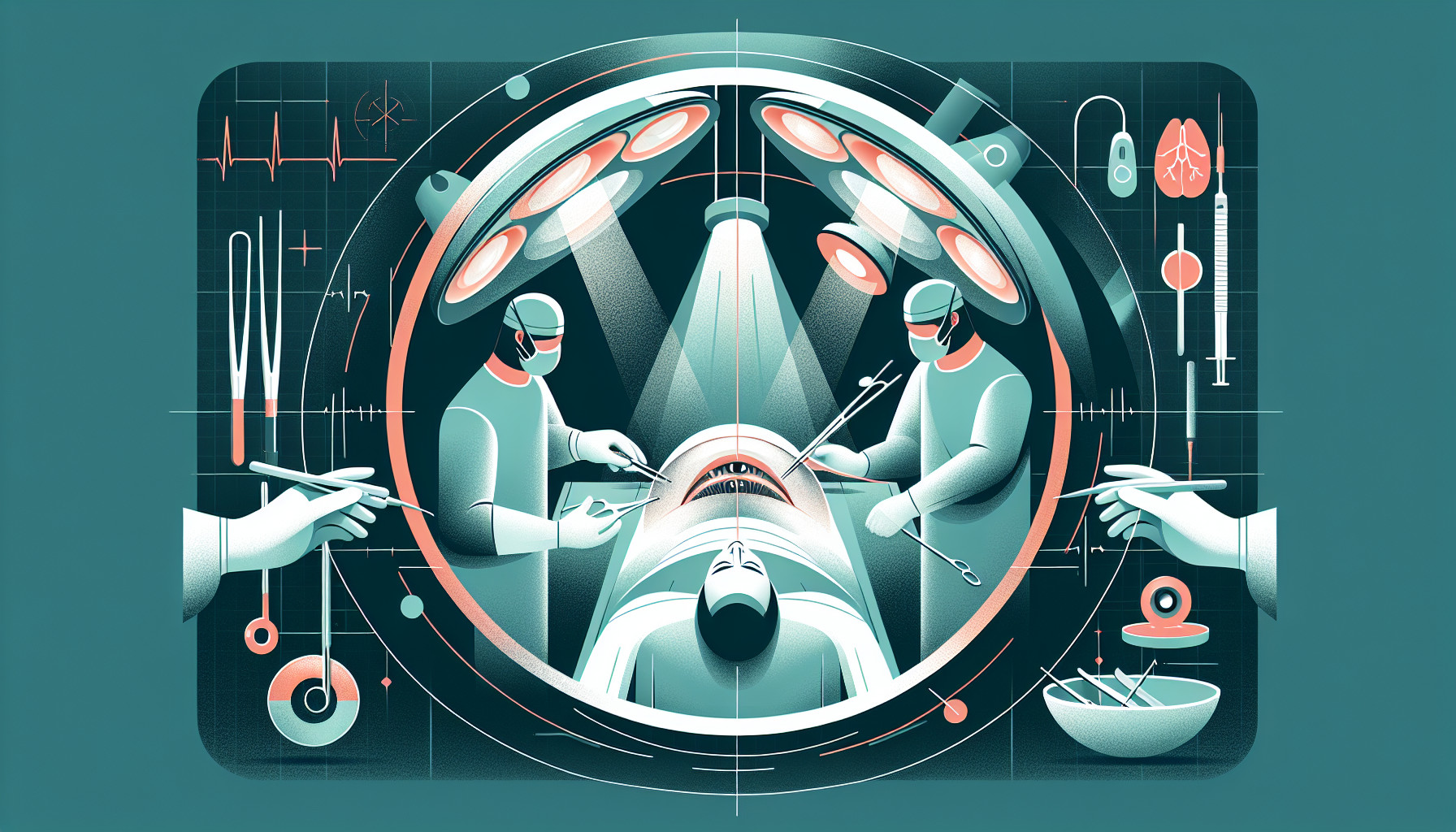Our Summary
This research paper reviews the process of performing surgery for both glaucoma and cataracts at the same time. This dual approach can be challenging as it needs to carefully manage the pressure within the eye, minimize complications after surgery, and aim for the best possible vision improvement.
Recent studies show that combining these surgeries can be effective. Traditional surgeries and a type known as MIGS (minimally invasive glaucoma surgery) have both been successful in significantly reducing eye pressure. Many long-term studies suggest that MIGS can be an effective and safer alternative when it’s carefully adjusted to fit each patient’s specific needs.
In conclusion, performing glaucoma and cataract surgery together is a promising option for patients who have both conditions. While traditional surgeries provide a strong reduction in eye pressure, MIGS procedures are safer with fewer complications and more predictable improvements in vision. Surgeons must think carefully about when and which surgeries to perform, and more research is needed to create standard treatment plans.
FAQs
- What is the benefit of combining glaucoma and cataract surgeries?
- What are MIGS procedures and how do they differ from traditional surgeries?
- What factors must surgeons consider when choosing the timing and type of procedure for patients undergoing combined glaucoma and cataract surgery?
Doctor’s Tip
A helpful tip a doctor might tell a patient about cataract surgery is to make sure to follow all pre-operative instructions given by the surgeon, such as avoiding certain medications or fasting before the procedure. It is also important to have realistic expectations about the outcome of the surgery and to communicate any concerns or questions with the surgeon before the procedure. After surgery, it is important to follow post-operative care instructions carefully to ensure proper healing and optimal results.
Suitable For
Patients who are typically recommended cataract surgery include those with visually significant cataracts that are affecting their daily activities and quality of life. Additionally, patients with coexisting glaucoma may also be recommended for cataract surgery, as the procedure can provide an opportunity to manage both conditions simultaneously.
It is important for surgeons to carefully evaluate each patient’s individual case to determine the best course of treatment, taking into consideration factors such as the severity of the cataract, the stage of glaucoma, and the patient’s overall eye health. In some cases, combining cataract surgery with glaucoma surgery may be recommended to achieve optimal outcomes for the patient.
Overall, patients who are experiencing vision problems due to cataracts, and who also have glaucoma, may be good candidates for cataract surgery. It is important for patients to discuss their options with their eye care provider to determine the best course of treatment for their individual needs.
Timeline
Before cataract surgery:
- Patient may experience blurred vision, glare, and difficulty with night vision due to the cataract.
- Patient undergoes a comprehensive eye exam to determine the severity of the cataract and assess overall eye health.
- Discussion with the ophthalmologist regarding treatment options and risks associated with cataract surgery.
- Preoperative testing, such as measuring the eye’s shape and size, to determine the appropriate intraocular lens (IOL) for implantation.
After cataract surgery:
- Patient experiences improved vision shortly after the surgery, with some minor discomfort and sensitivity to light.
- Follow-up appointments with the ophthalmologist to monitor healing and assess vision improvement.
- Patient may need to use eye drops to prevent infection and reduce inflammation.
- Gradual adjustment to new vision as the eye heals and the brain adapts to the new lens.
- Potential need for glasses or contact lenses to achieve optimal visual acuity post-surgery.
What to Ask Your Doctor
- What are the benefits of combining glaucoma surgery with cataract surgery?
- What are the potential risks and complications associated with combined surgeries?
- How will the surgery affect my vision and intraocular pressure (IOP)?
- How long is the recovery time for combined surgeries?
- Will I need to use eye drops or medication after the surgery?
- What are the success rates for combined surgeries, and what can I expect in terms of long-term outcomes?
- Are there any specific factors about my eye condition that may affect the success of the combined surgeries?
- What are the different types of glaucoma surgeries that can be performed in combination with cataract surgery?
- How will the choice of surgery affect my refractive outcomes?
- Are there any alternative treatment options to consider before undergoing combined surgeries?
Reference
Authors: Torbey J, Mansouri K. Journal: Curr Opin Ophthalmol. 2025 Jan 1;36(1):54-61. doi: 10.1097/ICU.0000000000001105. Epub 2024 Nov 7. PMID: 39508422
